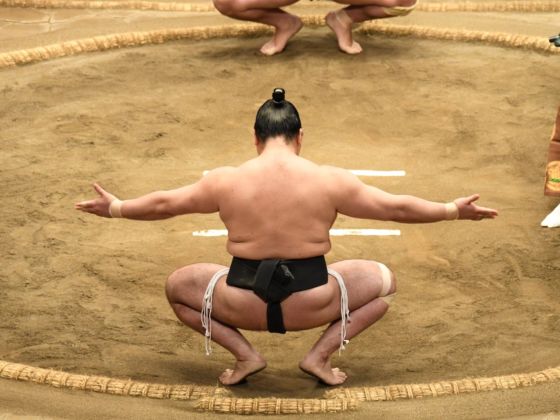1. You’ve got the right body
Sumo wrestlers are no couch potatoes. Underneath the fat lies the muscle required to thrust a heavy opponent out of the ring. Japanese sumo school recruiters often turn down the obese and sedentary, in favor of large-boned and fit candidate. The right body is one which can tolerate the rigorous discipline of daily training.
